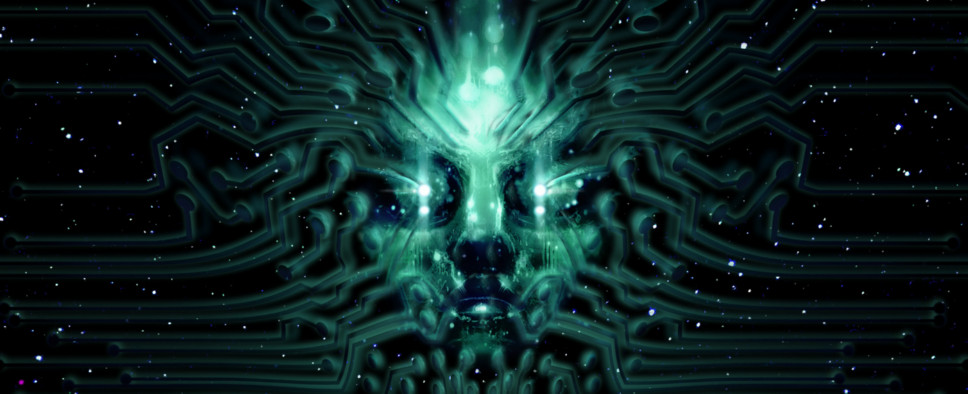System Shock Remastered Edition Update #32
-
Category: News ArchiveHits: 1709

The latest Kickstarter update for Nightdive Studios' System Shock revolves around the original game's sound design. Jonathan Peros, the Remastered Edition's Audio Director, talks shop, explaining the ways in which System Shock's soudntrack was far ahead of its time. You can listen to a number of audio samples in the update itself, but here's an excerpt from the text part:
This is Jonathan Peros, Audio Director on System Shock. I wanted to include a quick update to give some insight into an aspect of the musical direction of System Shock! As you all can probably guess, working on a reboot of a classic game definitely has its own set of unique challenges; we are all tasked with the job of making a good game by today’s standards, but not losing sight of what made the original game great. As such, I’ve gone back to the files for System Shock 1’s soundtrack over and over, spending as much time as I can absorbing what made Greg LoPiccolo’s work on the original music awesome. I thought I would share a few of the great things about System Shock 1’s soundtrack here with you, some of the game’s most dedicated fans.
System Shock 1’s soundtrack was far ahead of its time in many respects. One of the most obvious ways that this shows itself is in its procedural music system. The original game had a MIDI soundtrack, which would play through various soundcards in order to produce the game’s music. This is different than today’s game music, which is for the most part pre-recorded audio files playing back. Because the music was played back note-by-note through data on the soundcard, this opened many possibilities for how the game dealt with music. The music for each level is not contained in a single file, but instead each level’s music is built procedurally from different musical building blocks, controlled by parameters in the game. The core set of each level’s musical building blocks are named with a gameplay state (“W”alking, “P”eril, “C”ombat) and a section (“A”,”B”,”C”,…). “WA” can play into “WB”, unless the game state changes to peril, at which it may play into “PB”. This kind of interactive system provides both varying intensity, which mirrors the pacing of the gameplay, and linear sections, which give the music a sense of forward momentum and structure. This procedural music system is then made more interactive by having various layers which represent the various enemies that are overlaid on top of the core level music, based on the proximity of enemies of that type. These layers are used to represent these enemies across the entire soundtrack, giving each enemy type a theme of sorts! Very cool, stuff!
Another very noteworthy feature about the System Shock 1 soundtrack is its unique use of timbre (the perceived sound quality of a tone that distinguishes different types of sound and instruments). As I mentioned, the System Shock 1 soundtrack was done through MIDI playback. MIDI files are not audio files; MIDI is a data protocol, which tells another device various musical information, like “Note On”, “Pitch”, “Velocity”, “Tempo”, etc. In this case, the device is a computer’s soundcard. Each soundcard has its own set of sounds that are programmed into it, and MIDI then calls on these various sounds with a “Program Change” message. Then, when “Note On” messages are received (along with pitch and velocity), the soundcard knows what sound to play, at what pitch, and how loud, until a “Note Off” message for that pitch is received. The important part to note in this is that the sounds on each soundcard are preprogrammed. Most soundcards have their own takes on very generic sounds (Overdriven Guitar, String Ensemble 1, Clarinet) as well as some more unique ones (Guitar Fret Noise, “Goblins”). System Shock 1, however, used these sounds in very non-traditional ways! Oftentimes, Guitar Fret Noise is played at a very high pitch at 16th notes in order to get some very non-traditional percussion sounds. You’d be very surprised to know that one of your favorite backing arpeggios in L01 Medical’s music is played back on two Bagpipes tracks, with chords being produced by rapidly playing notes on the Acoustic Guitar (nylon) channel. One of my favorite tracks in the game is the Groves music, because of its very creative use of MIDI controls on all of the various layers which come in and out.
There's also a mention of a new Nightdive Studios merchandise outlet:
Ever wish you could have a shirt with our awesome logo? Or how about our logo done by another artist? Well you asked for it and here it is! We now have a Nightdive Studios merchandise shop! For a limited time only, we will be offering a 10% discount with code SCUBASTEVE, please check it out[.]

